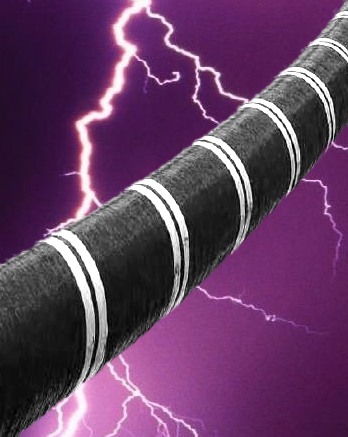Cable tested as new sensor
 Experts have tested telecoms cables on the seafloor as a detector for earthquakes, tsunamis and the effects of climate change
Experts have tested telecoms cables on the seafloor as a detector for earthquakes, tsunamis and the effects of climate change
Using stretches of fibre optic cables as sensors could enable continuous, real-time monitoring of conditions at the bottom of oceans and seas, and below the planet’s surface, researchers say.
Despite sensing technologies advancing significantly in recent years, oceans and seas remain largely unmonitored as installing permanent ocean-floor sensors is very expensive.
The new technique could tap into existing networks of subsea cables that crisscross the ocean floor - spanning hundreds of thousands of miles - to create a vast array of environmental sensors, the team says.
A team involving researchers from the University of Edinburgh tested the technique using a 3,600 mile-long subsea cable that runs between the UK and Canada.
They showed that earthquakes and ocean signals – such as waves and currents – could be detected on individual spans of the cable, which extends from Southport in England to Halifax in eastern Canada.
While previous research has shown that subsea cables can be repurposed to detect underwater earthquakes, the data recorded was limited as each cable acted as a single sensor.
In the new study up to 12 sensors were in place along the transatlantic cable, but future upgrades could allow this to be increased to more than 120, the team says.
“This new technique opens a new era for Earth monitoring, providing the first time a feasible solution to the lack of environmental data from the bottom of seas and oceans,” says Giuseppe Marra from the National Physical Laboratory.
“We can now rethink the existing underwater cable as a revolutionary tool for earth sciences and beyond.”
The combination of the new approach with current seismometer-based networks means the technique has the potential to greatly expand global earthquake monitoring, the team says.
The approach could also improve tsunami monitoring, and make it possible to monitor the effect of climate change on deep-sea currents and temperatures.







 Print
Print